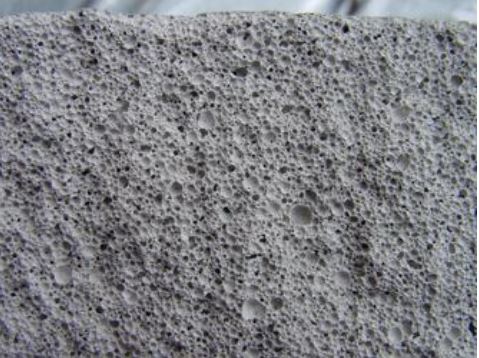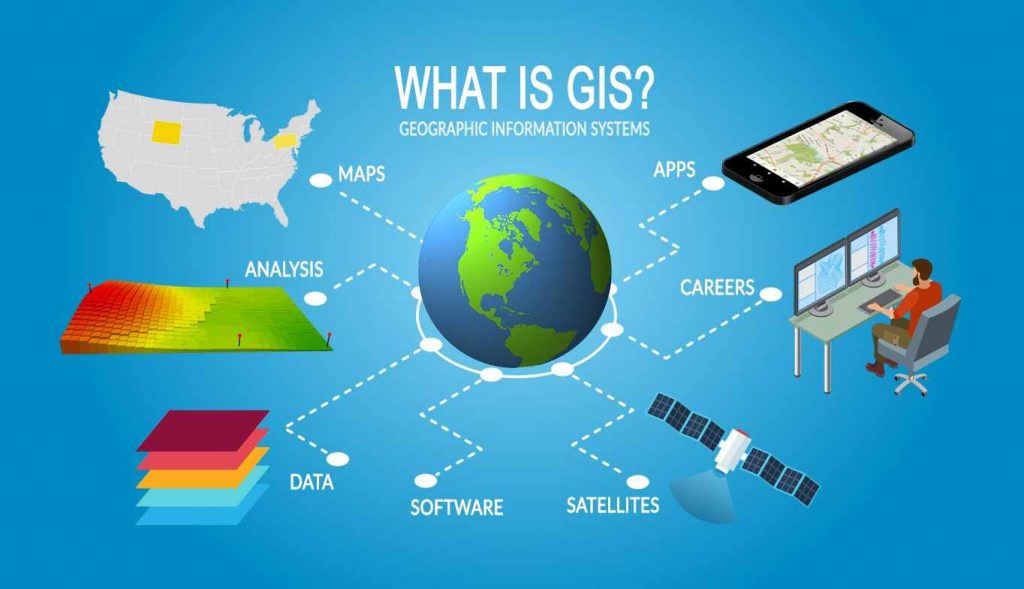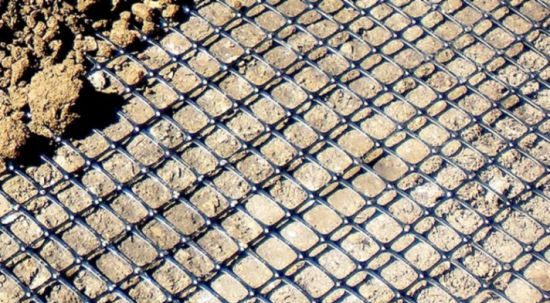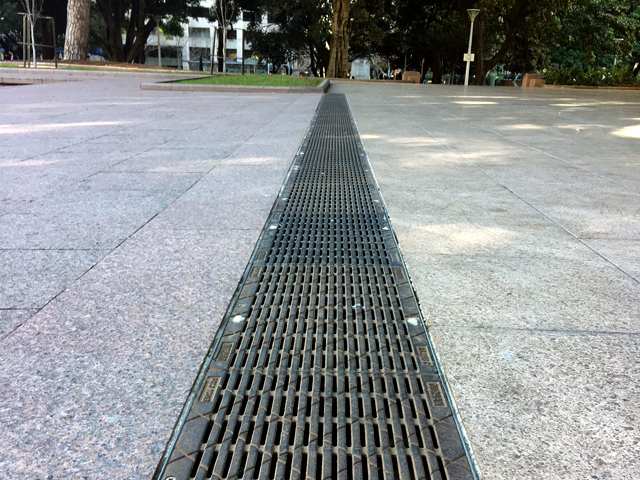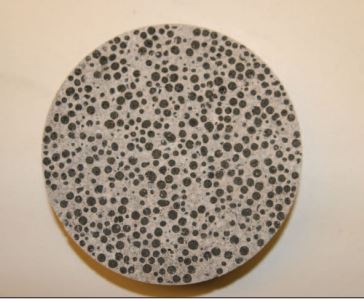7 ways Civil engineering students can utilize their time during Lockdown
Civil engineering students have badly affected by the lockdown in the country. Life was full of fun for some, and the regular routine for others; and Lockdown put a pause and made all of us captivated in our own homes. Everyone must be fed up of this, and I know the most affected mass on […]
7 ways Civil engineering students can utilize their time during Lockdown Read More »


